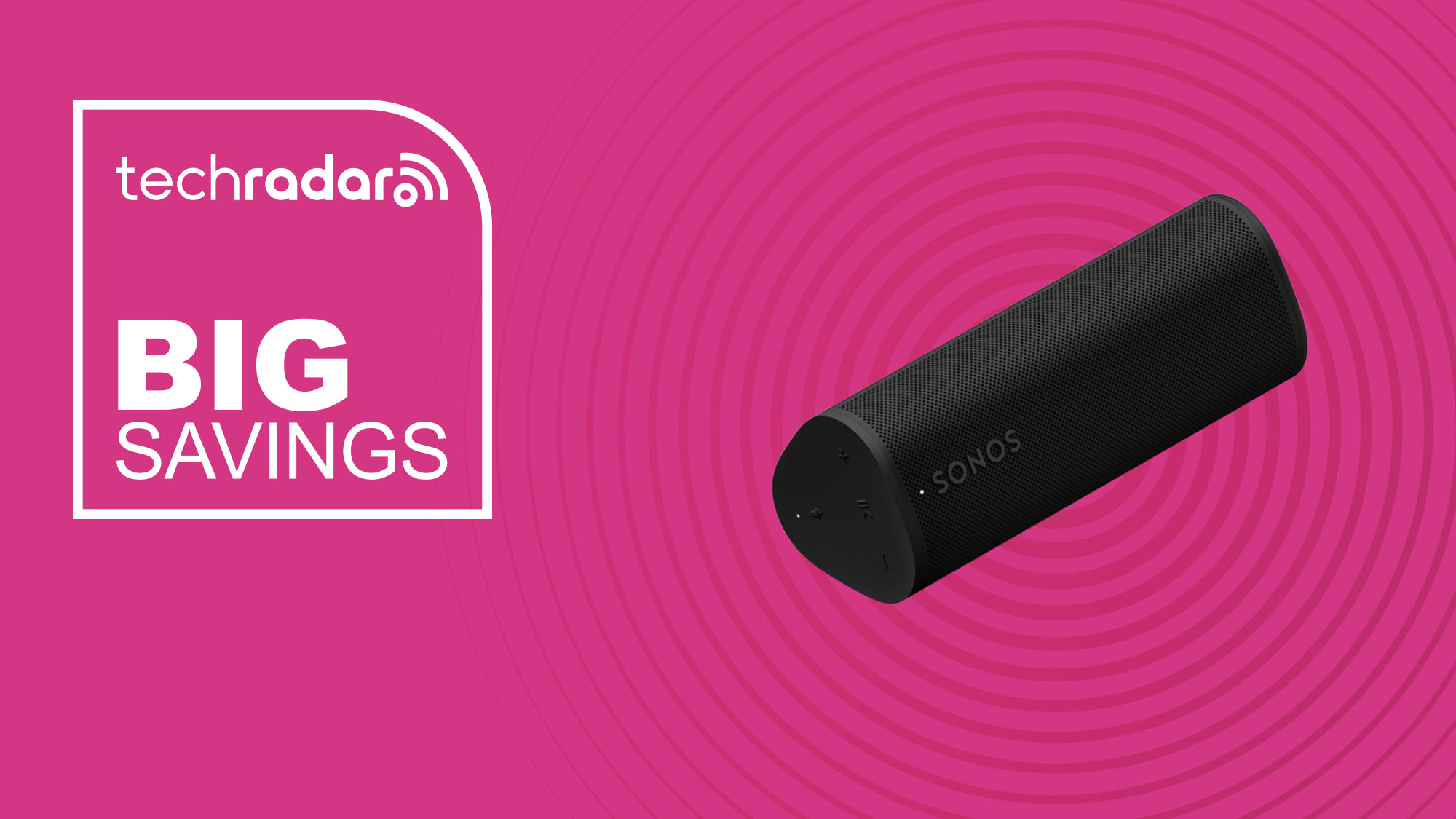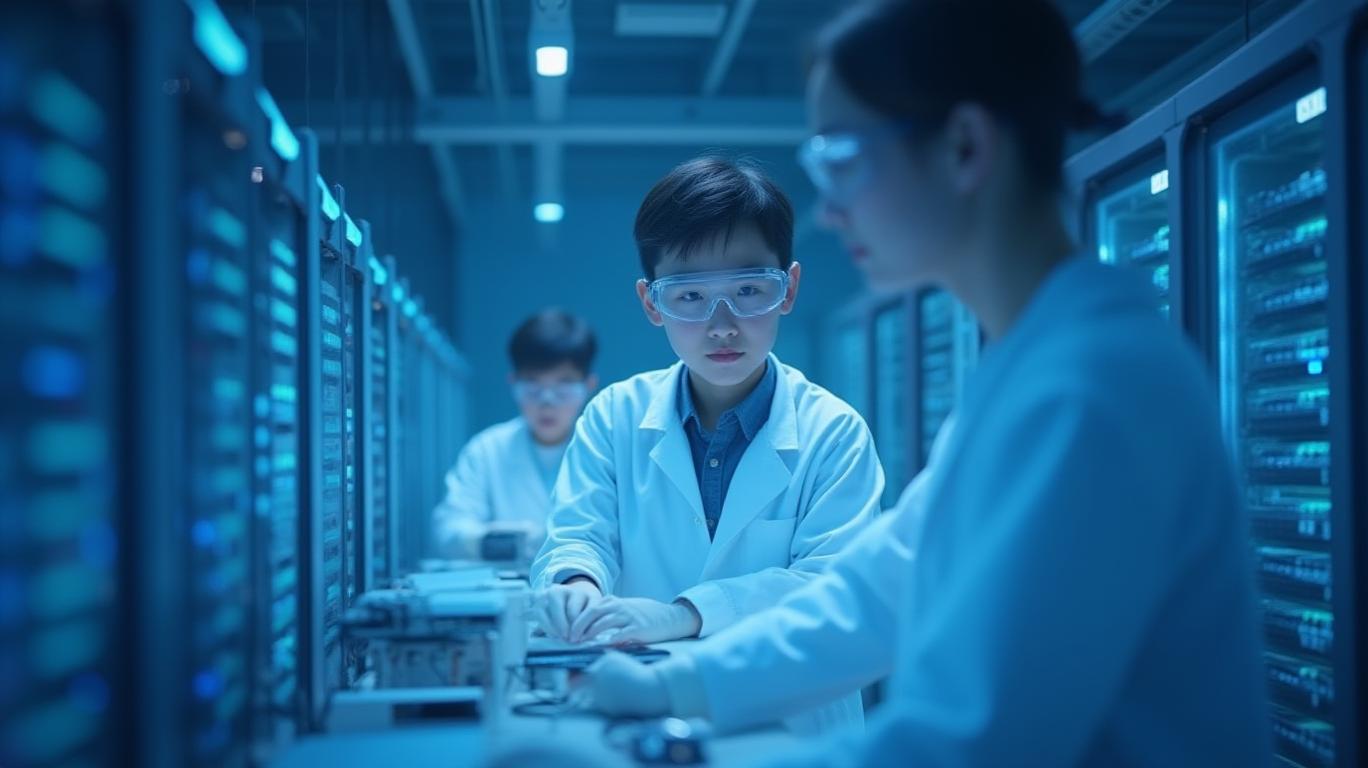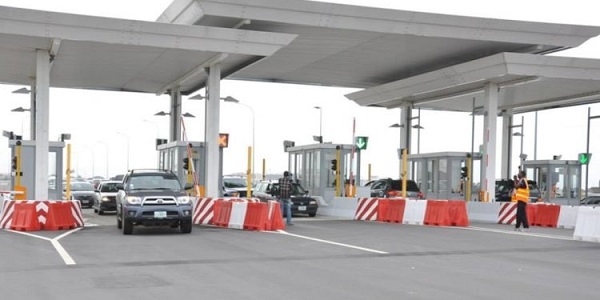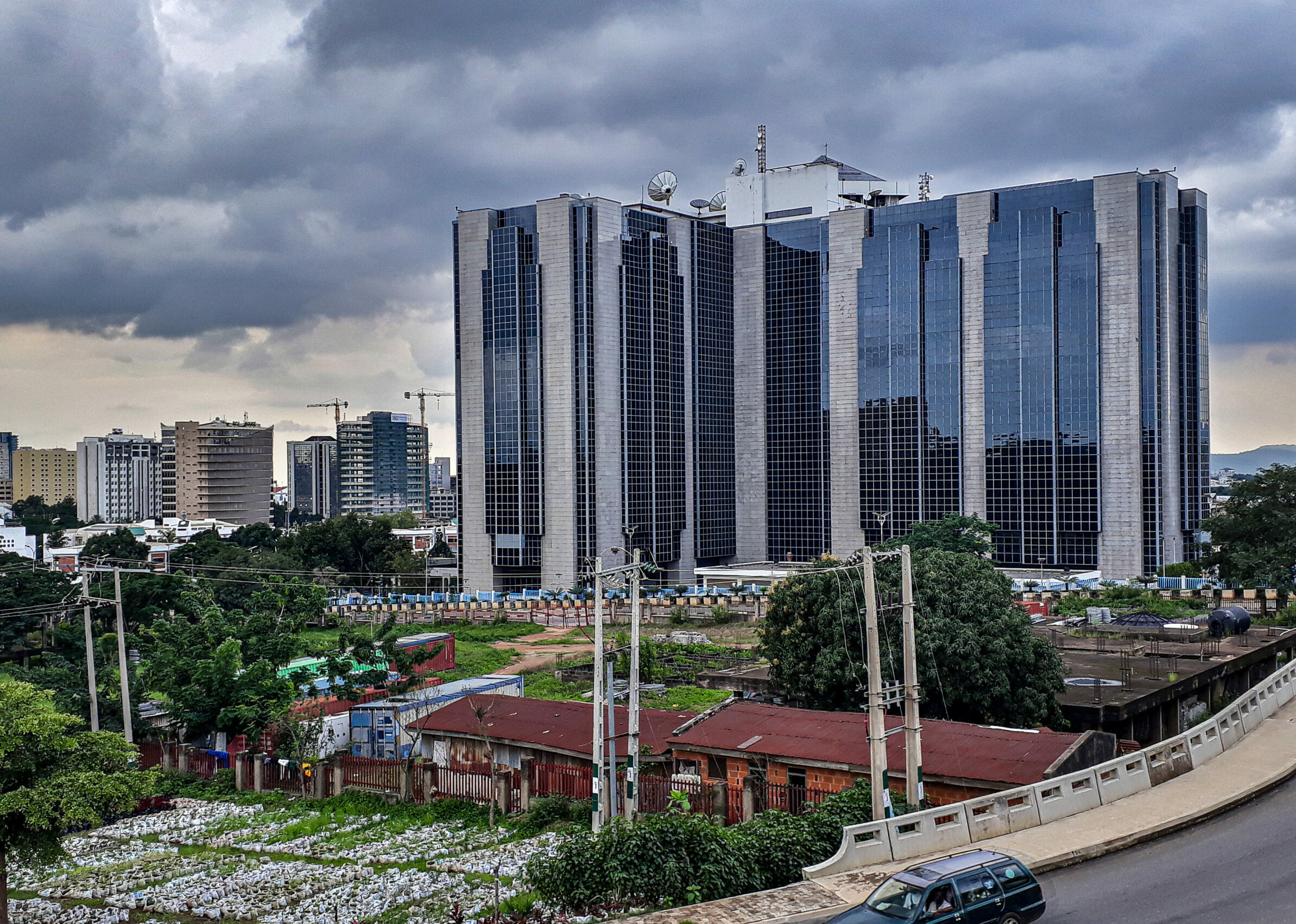Trump wants to create manufacturing jobs. His tech allies invest in robots to do the work. "There's a fundamental conflict between these goals," one expert says.
President Donald Trump’s aggressive trade policies, including tariffs aimed at reviving U.S. manufacturing, have disrupted global markets. Yet, some of his closest tech allies are championing automation technologies that could replace human workers, highlighting a tension between job creation and technological advancement.
Tech Titans and Robotics Investments
Elon Musk, a key Trump supporter and advisor, has promoted humanoid robots as a cornerstone of Tesla’s future. In a February 2025 interview at Dubai’s World Governments Summit, Musk said robots could “produce any product,” signaling their transformative potential. Similarly, Amazon founder Jeff Bezos, whom Trump recently praised, has invested heavily in robotics. In 2024, Bezos backed Figure, a company developing humanoid robots for manufacturing and warehouse tasks, with a mission to “revolutionize industries,” according to its website.
Nvidia CEO Jensen Huang and OpenAI’s Sam Altman, both of whom accompanied Trump on a Middle East trip, have also supported Figure, though OpenAI ended its partnership in 2024. Meta CEO Mark Zuckerberg, alongside Musk and Bezos, has invested in Vicarious, a robotics firm acquired by Alphabet-backed Intrinsic in 2022, which promises to cut costs and labor needs in warehouses. These tech leaders, all present at Trump’s January 20, 2025, inauguration, are driving automation that could undermine traditional manufacturing jobs.
The Automation-Jobs Conflict
Harry Holzer, a Georgetown University public policy professor and former U.S. Department of Labor chief economist, told ABC News that Trump’s push to reshore manufacturing clashes with the automation enthusiasm of his tech allies. “There’s a fundamental conflict between those goals,” Holzer said. While Trump’s tariffs aim to boost U.S. factory jobs, automation could reduce the need for human workers.
Commerce Secretary Howard Lutnick, in a May 11, 2025, Fox News interview, emphasized Trump’s vision of a “golden age” with “trillions” in new factories. White House spokesperson Kush Desai told ABC News that tariffs, tax cuts, deregulation, and domestic energy production are critical to reshoring manufacturing for national and economic security, especially after supply chain disruptions during the COVID era.
Manufacturing’s Decline and Automation’s Rise
U.S. manufacturing employment has dwindled from 25% of the workforce in 1970 to just 8% today, driven by offshoring and automation. A 2015 Ball State University study found that automation boosted factory productivity, allowing fewer workers to produce more goods, stagnating job growth despite rising output. Cornell University professor Philipp Kircher noted that automation’s impact predates recent advances, with firms adopting labor-saving technologies to stay competitive.
Jensen Huang, speaking at an April 2025 conference, argued that AI-driven factories would create jobs in construction, steelmaking, and trades while boosting productivity. “New jobs will be created, some jobs will be lost, every job will be changed,” Huang said, urging companies to embrace AI to stay competitive.
Tech vs. Trade Advisors
Tensions between Trump’s tech and trade advisors surfaced in April 2025 when Musk called tariff advocate Peter Navarro, Trump’s senior trade counselor, a “moron.” Navarro retorted on CNBC that Musk is a “car assembler,” not a manufacturer. Yong Suk Lee, an economics professor at Notre Dame, said tech leaders’ automation focus would likely prevail, as higher U.S. labor costs push companies to automate rather than hire at low-wage levels seen in countries like Vietnam.
Labor Shortages and Robotics Opportunities
Despite automation, U.S. manufacturers face labor shortages, with one in five factories citing worker scarcity as a barrier to full capacity, per a January 2025 study by Michigan State’s Jason Miller. Amazon-backed Agility Robots sees reshoring as a chance to deploy humanoid robots, stating on its website that they help manufacturers “stay on the leading edge of automation.” Amazon’s chief technologist, Tye Brady, emphasized in a September 2024 blog post that robotics enhances safety and productivity while fostering skill development. Amazon claims it has created more U.S. jobs than any other company in the past decade.
Tariffs and Market Impacts
The Yale Budget Lab reported in May 2025 that U.S. consumers face the highest effective tariff rate since 1934, even after some rollbacks. While tariffs aim to bring factories back, the rise could limit job growth. Kircher noted that automation would likely continue regardless of Trump’s allies, as global competition drives cost-cutting. However, new roles in maintaining and optimizing robots could offset some job losses.
A Complex Future
Trump’s vision of revitalizing manufacturing through tariffs contrasts with his tech allies’ push for automation. As companies balance higher U.S. labor costs with robotics, the outcome for manufacturing employment remains uncertain, caught between policy goals and technological realities.











